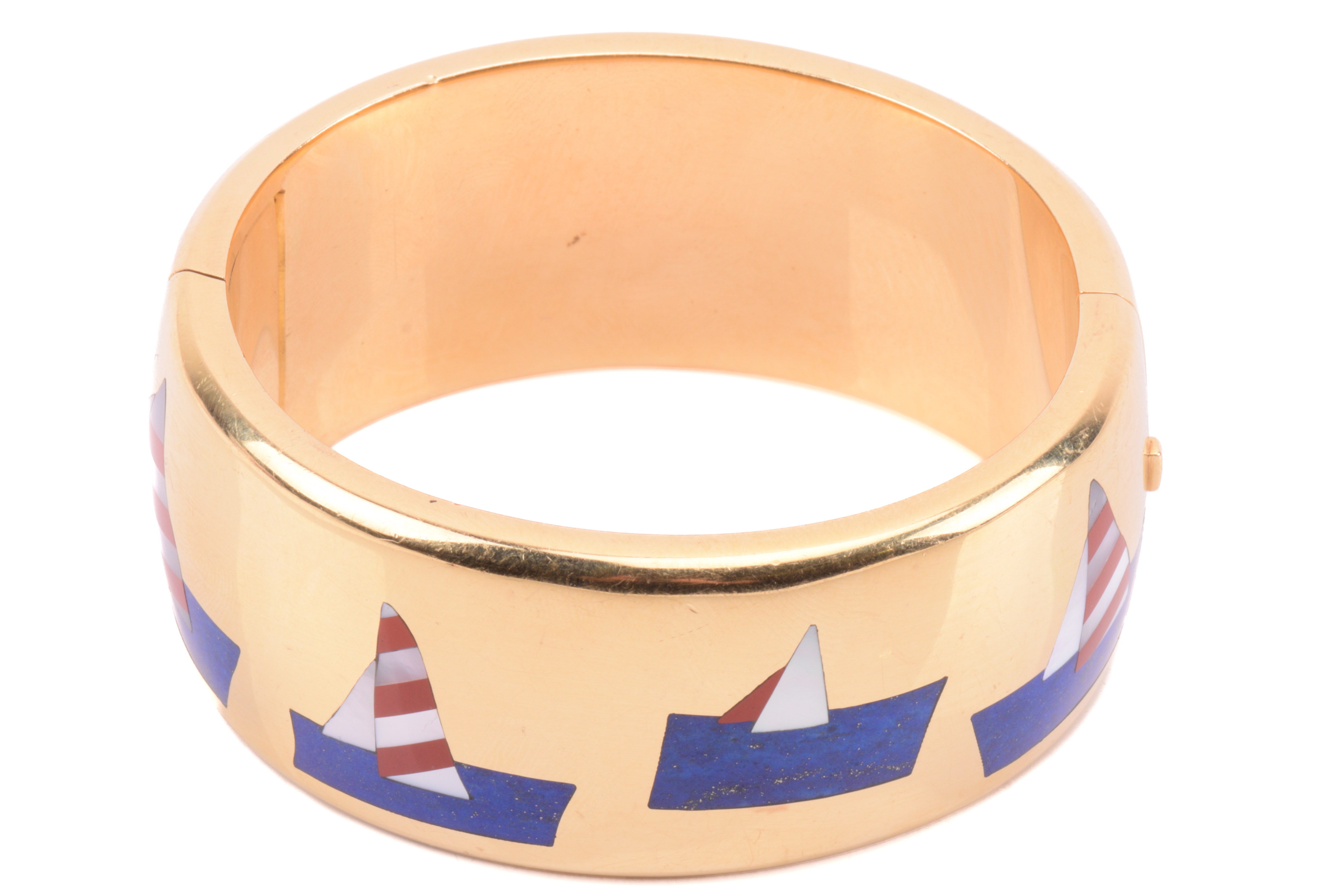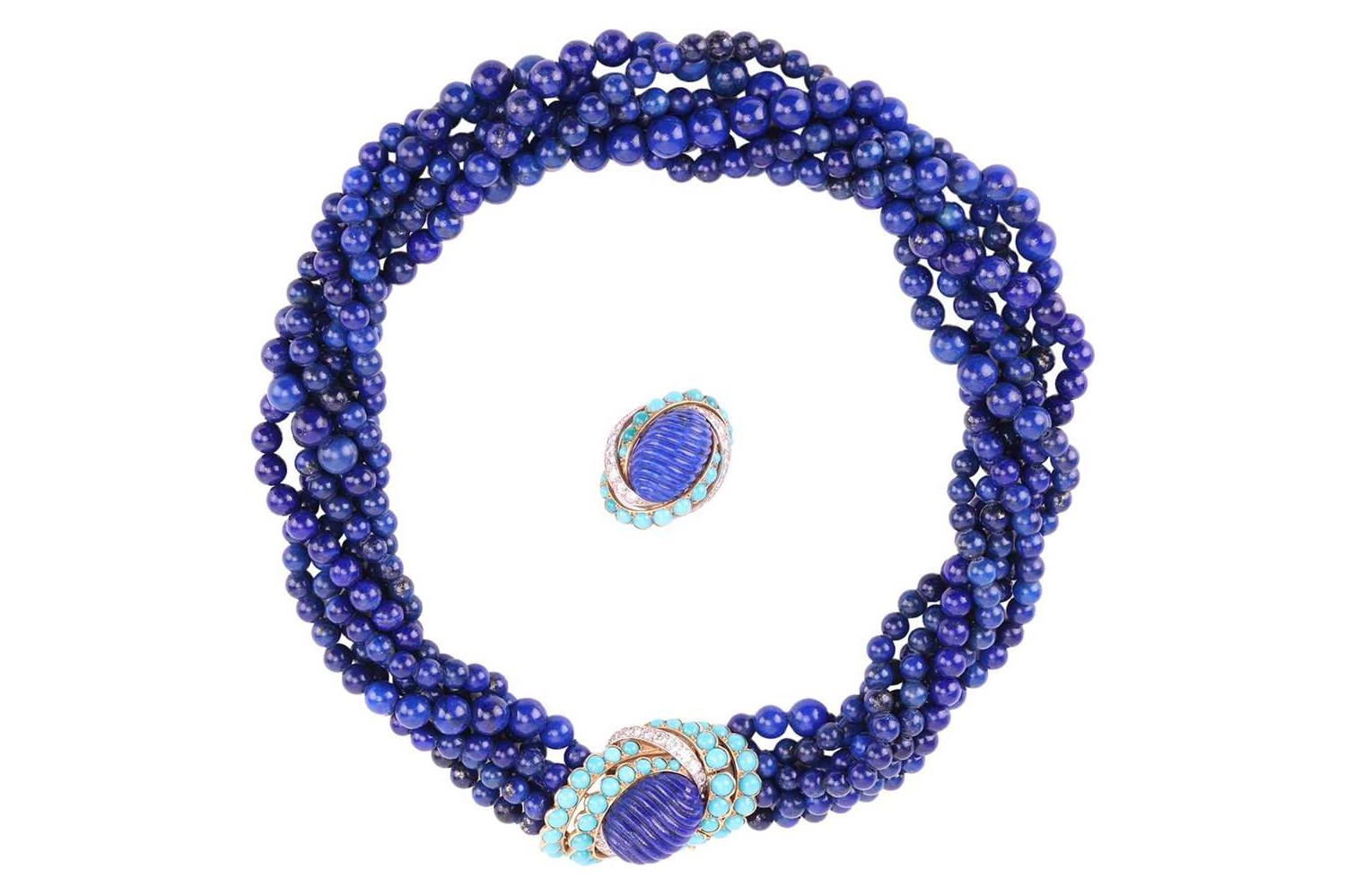Tiffany & Co. vs Cartier
A closer look at how these two iconic brands compare against each other
22/03/2024
Tiffany & Co and Cartier have been two of the world’s best loved jewellery brands for more than 150 years. Both are famed for their quality and exceptional craftsmanship and remain highly desirable to this day. So how do they compare against each other? Here was take a closer look at these two iconic brands…
The marginally older of these two brands is Tiffany & Co. Founded in New York as Tiffany, Young and Ellis in 1837 by school friends Charles Lewis Tiffany and John Young, the store was originally described as a "stationery and fancy goods emporium". Amongst the quirky wares on offer were horse whips, bouquet holders, purses, sugarplums, Guerlain soaps and fine stationery, many of which were imported from India, Europe, and Asia. By 1845 fine ‘French Jewellery’ and a selection of costume jewellery were also brought to market. In 1853 Charles bought out his partners and shortened the name to Tiffany & Co. The firm rose to prominence after purchasing roughly a third of the French Crown jewels in 1887 and selling them on to American high society.
Cartier - a diamond-set 'Le Baiser du Dragon Wishknot' pendant
Across the continents just a decade later, Louis-François Cartier took over the Paris jewellery workshop of his master, Adolphe Picard, and Cartier was formed in 1847. Initially focused on jewellery repairs and the creation of small items, the brand would forge its first royal association in 1856 when Princess Mathilde, cousin of Emperor Napoleon III, commissioned Louis-François to repair a piece of jewellery, resulting in many subsequent purchases. Alfred, Louis-François’ son, would take over the management of the business in 1870, before passing it on to his three sons, Louis, Pierre, and Jacques who would establish Cartier globally as they entered the 20th century. They would be appointed the Royal Warrant for many countries including England, Spain, Portugal, and Russia, earning a reputation for supplying European royalty and international aristocracy.
Tiffany & Co published the first direct mail order catalogue in the USA called the Blue Book Collection and emerged as the earliest American firm to institute the 925-sterling silver standard. Tiffany & Co’s purchase of jewellery from aristocrats fleeing France during the revolution in 1848 led to the introduction of locally available gemstones in the United States.
Tiffany & Co. - a 'Sailboats' hinged bangle designed by Angela Cummings
The legendary 128.54 carat Tiffany Diamond was purchased as a 287.42 carat rough stone in 1877 from the Kimberley mines in South Africa. It took in-house gemmologist George Frederick Kunz a year of studying and planning before finally cutting what remains one of the world’s largest and finest fancy yellow diamonds in existence.
Tiffany became synonymous with engagement rings following the introduction of their iconic setting in 1886, a six-pronged mount that raised the diamond allowing greater light to enter the stone. They would bring to market newly discovered gemstones; Kunzite, Morganite, Tanzanite and Tsavorite. As an American firm Tiffany & Co would be commissioned to redesign the Great Seal of the United States which appears on a dollar bill, as well as the first NFL Superbowl trophy, the NBA Championship trophy, and US Open trophies. Tiffany & Co’s best-selling range was launched in 1966 with the “Return to Tiffany” keyring, each one was engraved with a unique serial number which was registered against the owners’ details, enabling a safe return of the item in the event of being lost.
The Parisian Maison Cartier, became renowned for their use of platinum in jewellery towards the end of the 19th century, creating delicate and intricate pieces. In 1904 Louis created the Cartier’s first men’s watch designed to be worn on the wrist. It was designed for Brazilian friend and aviator Alberto Santos-Dumont, and it would be the only time Cartier would name a collection after the original wearer; in this case “Santos”. This was only the beginning of their horology achievements, complimented by the invention of the “Mystery“ clock in 1912 and the “Tank” watch in 1917.
 Tiffany & Co - Platinum and Diamond Stud Earrings
Tiffany & Co - Platinum and Diamond Stud Earrings
Louis and his designers had been working on new modern designs as early as the Edwardian period, which would finally be exhibited at the Exposition Internationale des Arts Décoratifs et Industriels Modernes in 1925. The defining elements of the Art Deco movement are symmetry, proportion, and colour, for which Cartier displayed a deep intrinsic understanding and talent, solidifying their reputation as leaders in this highly celebrated era. The use of carved gemstones alongside white diamonds and black onyx, as well as the use of organic materials such as coral and pearl inspired designers whilst also delighting enthusiasts around the world. Indeed, many Cartier pieces feature in museums and exhibitions serving as exceptional representations of this chapter in history.
Cartier introduced the “Trinity” ring in 1924, composed of three interlinked bands in varying colours of gold, a design that continues to remain popular today, and which is often imitated. Some of Cartier’s most coveted collections include “Tutti Frutti”, “La Panthère” and “Love”.
Cartier - a torsade necklace and a single earring set with lapis lazuli
So which brand can be considered the victor? It is evident both Cartier and Tiffany & Co are prestigious names, rich in history, and pioneering prowess, that both exude excellence, making the choice of winner an impossible task. Vintage and antique examples from each house are highly sought after across the globe, and often command hefty price tags. Essentially, the deciding factor will be the eyes of the buyer… Ultimately choice must come down to personal preference.
Read more
Does Cartier Jewellery Hold its Value?
Do you have any Cartier or Tiffany & Co jewellery that you are considering selling?
With a global audience of over 10 million, Dawsons can achieve the best price for you at auction.
Get in touch with a jewellery expert today for confidential sales advice. We would be delighted to help:
0207 431 9445 / info@dawsonsauctions.co.uk


